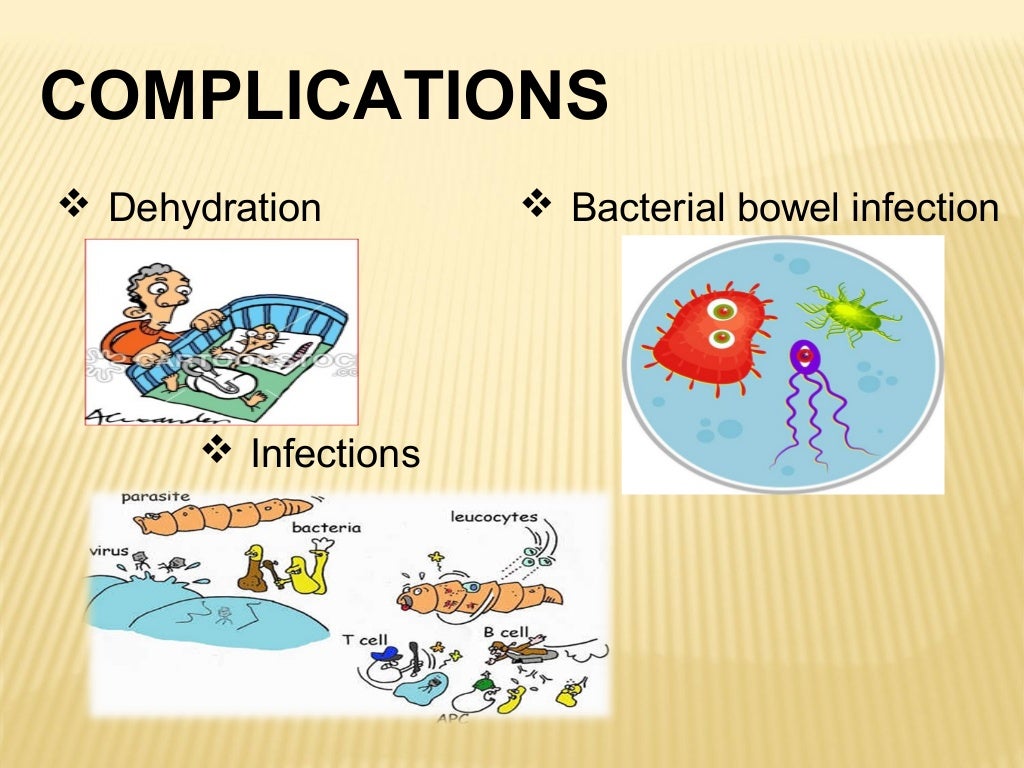


Hearing and Visual ImpairmentsĬhildren with a dual diagnosis of autism and a sensory impairment face many possible paths. The Autism Society offers a guide on sleep problems and strategies for solving them.

Children with sensory processing difficulties may have more problems falling asleep and increased periods of night waking. Other potential causes are sleep apnea (pauses in breathing when the airway becomes obstructed during sleep), sleep terrors or confusional arousals. Night waking may be due to gastrointestinal issues, allergies, environmental intolerances, seizures or the effects of medications. Sleep Problems: Many individuals with autism have sleep problems.Scratchy fabrics and clothing tags may also be intolerable, and some children have visual sensitivities, such as to the flickering of fluorescent lights. High-pitched intermittent sounds, such as fire alarms or school bells, may be painful to these children. Sensory Processing Disorder: Many people with autism have sensory processing disorder (formerly known as sensory integration disorder), which involves unusual sensitivities to sounds, sights, touch, taste and smells.Suspected seizures should be confirmed by electroencephalogram (EEG) and treated with prescribed anticonvulsant medications. Seizures: It is estimated that around 30 percent of people with autism develop epilepsy, some in early childhood and others as they go through hormone level changes in puberty.Pica can be dangerous as ingesting these inedible substances can cause choking, digestive problems, parasitic infections and other illnesses. Pica: About 30 percent of children with autism have moderate to severe pica, which means they eat non-food items such as paint, sand, dirt, paper, etc.There are interventions, such as sensory integration therapy, designed to help normalize their senses. Pain: Some people with autism have very high pain thresholds (insensitivity to pain), while others have very low pain thresholds.Low Muscle Tone: About 30 percent of children with autism have moderate to severe loss of muscle tone, which can limit their gross and fine motor skills.Tests that do not require language skills, such as the Test of Nonverbal Intelligence (TONI), can offer more accurate information about the person. Low IQ: Research studies have frequently used inappropriate IQ tests, such as verbal tests with nonverbal children, and in some cases have estimated children’s intelligence level without any objective evidence.Constipation in autism is usually not hard, impacted stools, but the slow passage of stools with long gaps in between, and loose stools when they do come. Diarrhea is most common, abdominal pain is cited next most frequently, and constipation is reported slightly less. Chronic Constipation and/or Diarrhea: Medical literature states that about 47 percent of adults on the spectrum and 45 percent of children with autism have gastrointestinal symptoms.Immune deficiencies and/or immune dysregulation make a person with autism more vulnerable to infection, chronic inflammation and autoimmune reactions, most frequently in the brain and gastrointestinal tract (Jepson, 2007). Within the autism spectrum population, there are groups that will experience rashes, allergic sensitivities, gastrointestinal, ear and other infections as a result. Allergies/ Immune System: Many individuals with autism also suffer immune system deficiencies or immune dysregulation.Autism CARES Act Reauthorization (2019).Health and Home and Community-Based Services.


 0 kommentar(er)
0 kommentar(er)
